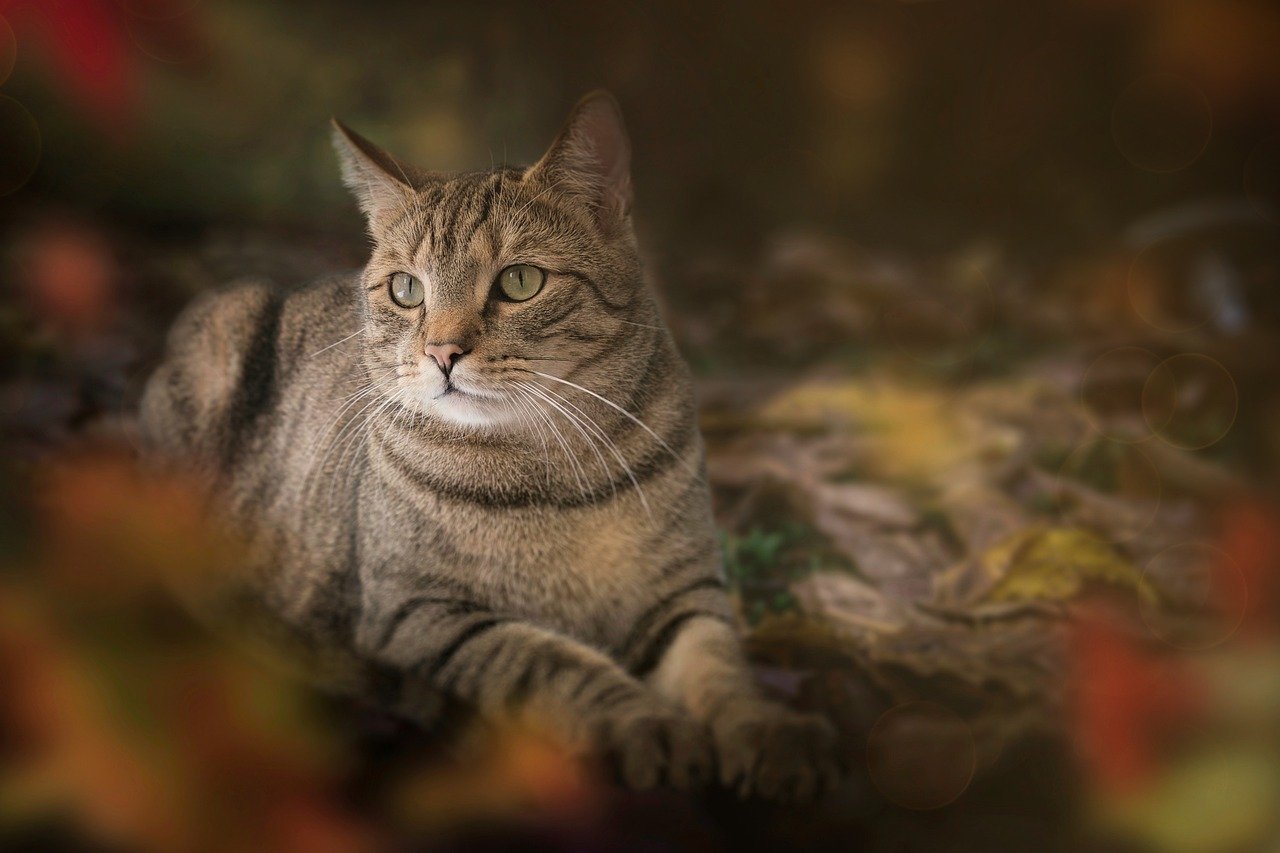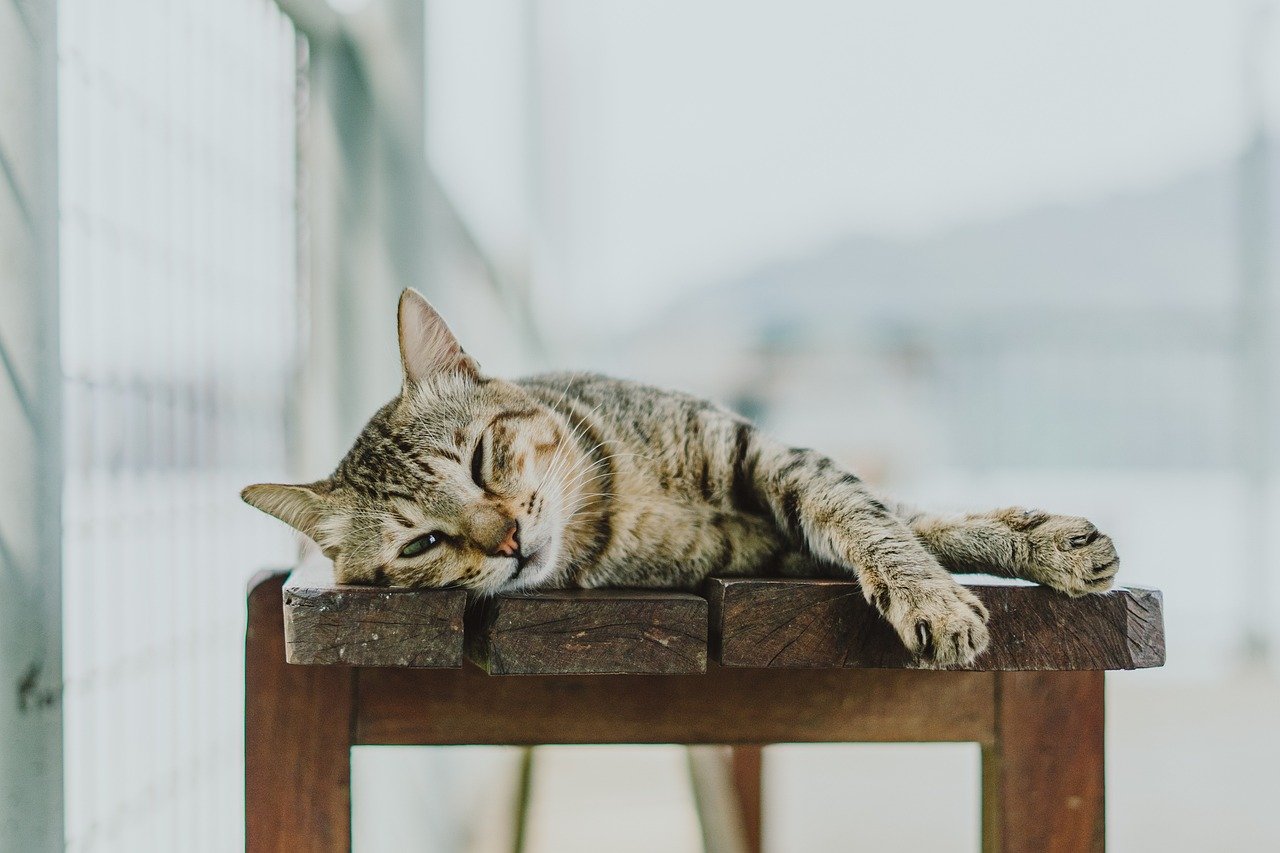Creating an emotionally safe environment for your feline companion is essential for their happiness and well-being. Cats, like humans, thrive in spaces where they feel secure and loved. A home that feels emotionally safe encourages your cat to express their natural behaviors without fear or stress. Understanding their needs and making small adjustments can significantly enhance their quality of life. Let’s delve into the various ways you can transform your home into a sanctuary for your beloved pet.
Understanding Your Cat’s Emotional Needs
Cats are complex creatures with distinct personalities and needs. Recognizing these needs is the first step in fostering an emotionally safe home. Cats require a sense of territory; they are comforted by familiar scents and routines. Imagine a cozy blanket that provides warmth and security; this is what your home should represent to your cat. Observing their behavior and preferences can offer insights into their emotional state. For instance, a cat that hides frequently might need more privacy or a quieter environment. By tuning into these subtle cues, you can create a space that nurtures their emotional well-being.
Creating Safe Spaces for Retreat

Every cat needs a sanctuary where they can retreat from the hustle and bustle of daily life. This could be a quiet corner with a soft bed or a perch by the window. Think of it as their personal oasis, a place where they can recharge and feel safe. Ensure these spaces are free from disturbances such as loud noises or frequent foot traffic. Adding a cozy blanket or a few toys can make these retreats even more inviting. Remember, a content cat is one that feels in control of their environment.
Establishing a Consistent Routine
Consistency is key to a cat’s emotional security. Just like humans find comfort in routine, cats flourish when they know what to expect. Feeding times, play sessions, and even the times you arrive home can all contribute to a stable environment. Picture a well-choreographed dance where each step is predictable and reassuring. By maintaining a regular schedule, you provide your cat with a sense of stability that is crucial for their emotional health.
Using Calming Scents and Sounds

The right environment can be a balm for a cat’s nerves. Consider incorporating calming scents like lavender or chamomile, which can have a soothing effect. Similarly, gentle music or nature sounds can create a serene atmosphere. Think of it as setting the stage for relaxation, much like lighting candles for a spa evening. These sensory elements can help reduce anxiety and promote a sense of peace in your home.
Providing Mental and Physical Stimulation

Boredom can lead to stress and behavioral issues in cats. Providing toys, puzzle feeders, and opportunities for play can keep their minds sharp and their bodies active. Imagine a playground filled with exciting challenges and adventures; this is what you should aim to create. Interactive play sessions not only strengthen your bond but also offer an outlet for your cat’s natural hunting instincts. A stimulated cat is a happy cat, comfortable in their emotional landscape.
Ensuring Safe Social Interactions
Social interactions are crucial, but they should always be on your cat’s terms. Pushing a cat to interact when they’re not ready can lead to stress and anxiety. Think of a social gathering where guests can choose to mingle or find a quiet corner; cats need this same autonomy. Encourage gentle, positive interactions, and respect their need for solitude. By doing so, you communicate that their feelings and boundaries are respected, fostering trust and safety.
Monitoring Health and Well-being
A healthy cat is more likely to feel emotionally secure. Regular veterinary check-ups, a balanced diet, and proper grooming are fundamental. Consider health as the foundation upon which emotional safety is built. Any signs of illness or discomfort should be addressed promptly, as these can impact your cat’s emotional state. By prioritizing their physical health, you lay the groundwork for a stress-free environment.
Building a Bond of Trust and Love
The bond you share with your cat is the cornerstone of their emotional safety. Spend quality time together, whether it’s through gentle petting or simply sharing space. Imagine a friendship where both parties feel understood and valued. This connection offers reassurance and comfort, providing your cat with a sense of belonging. Love, patience, and understanding are the keys to a harmonious and emotionally safe home.
In conclusion, creating an emotionally safe home for your cat involves understanding their needs, providing security, and fostering a loving environment. By following these steps, you can ensure your feline friend feels cherished and secure, leading to a happier, healthier life together.

Suhail Ahmed is a passionate digital professional and nature enthusiast with over 8 years of experience in content strategy, SEO, web development, and digital operations. Alongside his freelance journey, Suhail actively contributes to nature and wildlife platforms like Feline Fam, where he channels his curiosity for the Feline into engaging, educational storytelling.
With a strong background in managing digital ecosystems — from ecommerce stores and WordPress websites to social media and automation — Suhail merges technical precision with creative insight. His content reflects a rare balance: SEO-friendly yet deeply human, data-informed yet emotionally resonant.
Driven by a love for discovery and storytelling, Suhail believes in using digital platforms to amplify causes that matter — especially those protecting Earth’s biodiversity and inspiring sustainable living. Whether he’s managing online projects or crafting wildlife content, his goal remains the same: to inform, inspire, and leave a positive digital footprint.






